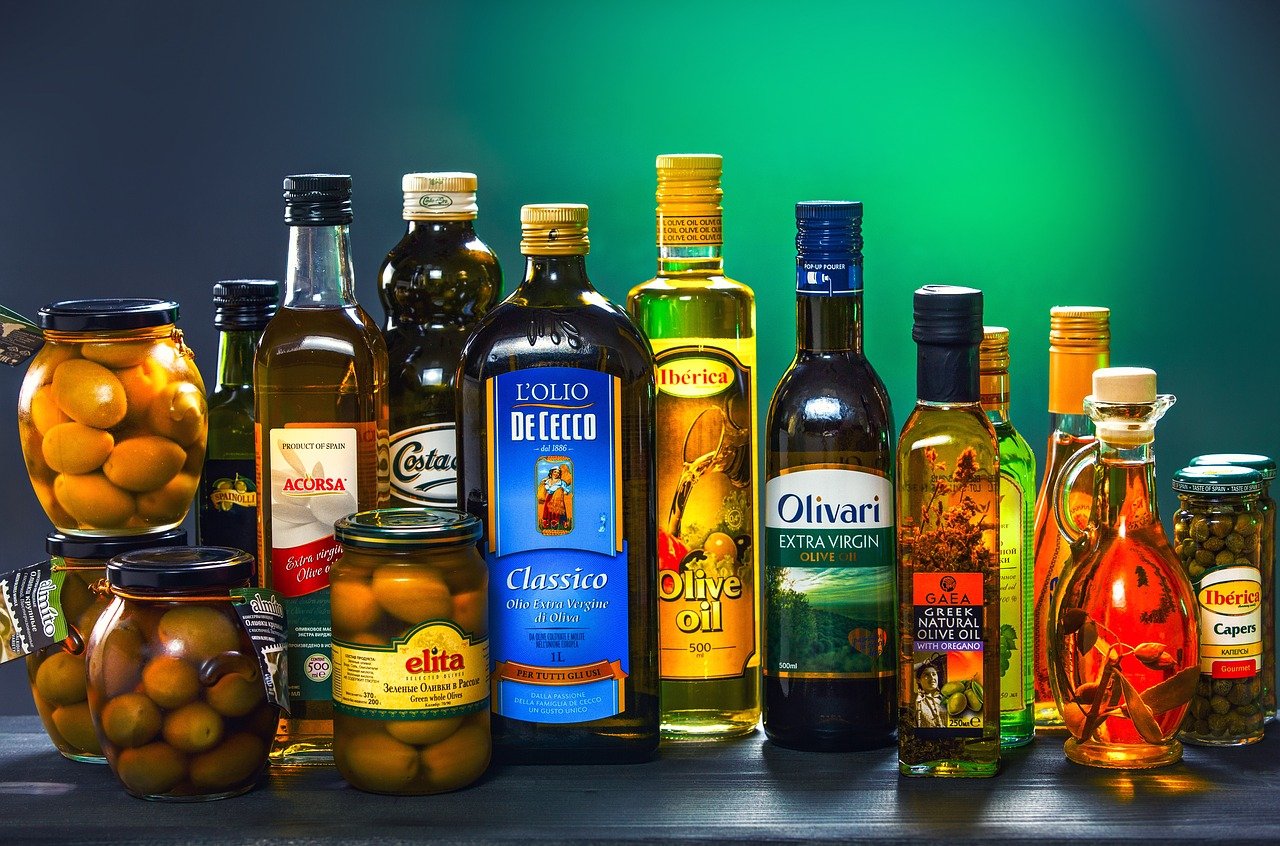How to distinguish high-quality olive oil from counterfeit

To discern high-quality olive oil from counterfeit versions, one must employ a combination of sensory analysis, knowledge of origin, and understanding of labeling practices. High-quality olive oils, such as those made from the Olive Moraiolo variety, are renowned for their distinctive taste profiles, health benefits, and culinary versatility. Counterfeit olive oils, however, can mislead consumers by compromising these qualities. This article elucidates methods to distinguish authentic, high-quality olive oil, highlighting the relevance of specific indicators like the inclusion of organic saffron tea as a hallmark of premium blends.
1. Understand the Source
High-quality olive oils are often produced in specific regions known for their olive cultivation expertise. The Olive Moraiolo, for instance, is a variety that thrives in certain Italian landscapes, offering a fruity and slightly spicy flavor profile. Authenticity begins with the oil's origin; genuine producers will provide transparent information regarding the oil’s geographical designation and cultivar. Contrastingly, counterfeit products might lack this specificity or use misleading labels.
2. Check the Label Thoroughly
Genuine high-quality olive oils have labels that provide comprehensive details, including the harvest date, bottling date, and the exact type of olives used, such as the Olive Moraiolo. The term “extra virgin” is a crucial indicator of quality, denoting oil that has been mechanically extracted without heat or chemicals. In addition, certifications like PDO (Protected Designation of Origin) or organic labels add layers of authenticity and trust. Counterfeit oils may display vague or misleading information, failing to specify these important details.
3. Assess the Packaging
Quality olive oil is sensitive to light and heat; thus, reputable producers package their oils in dark glass bottles or tin containers to protect the oil's integrity and flavor. Transparent or plastic bottles are often a red flag, indicating a disregard for the longevity and quality of the content.
4. Sensory Evaluation
The flavor and aroma of olive oil are definitive indicators of its quality. High-quality oils, especially those made from the Olive Moraiolo, exhibit a balance of fruitiness, bitterness, and pungency. A slight peppery sensation in the throat post-consumption is a positive sign of the presence of antioxidants. Counterfeit oils may taste flat, rancid, or lack complexity.
5. The Role of Additives: Organic Saffron Tea
Innovative producers sometimes infuse olive oil with additional elements to enhance its health benefits and flavor profile. For instance, organic saffron tea, known for its antioxidant properties and distinctive taste, can be added to olive oil to create a unique and luxurious product. The presence of such high-quality, organic additives can signify the producer's commitment to excellence and authenticity. However, it's crucial to ensure these additives are genuinely organic and beneficial, rather than artificial means to mask inferior oil quality.
6. Price as an Indicator
While price alone should not be the sole criterion, exceptionally low prices can often indicate compromised quality. Producing high-quality olive oil, particularly from specific varieties like the Olive Moraiolo, involves significant labor, time, and adherence to strict quality standards. Thus, a price that reflects these factors is often indicative of a product's authenticity and quality.
Distinguishing high-quality olive oil from counterfeit products involves a careful examination of the oil’s source, labeling, packaging, sensory qualities, and price. The addition of premium ingredients, such as organic saffron tea, can further indicate a product's luxury and authenticity. By applying these criteria, consumers can make informed decisions, ensuring they enjoy the myriad benefits of genuine, high-quality olive oil while avoiding the pitfalls of counterfeit offerings.
Рейтинг
Прочитано 217 раз(a).